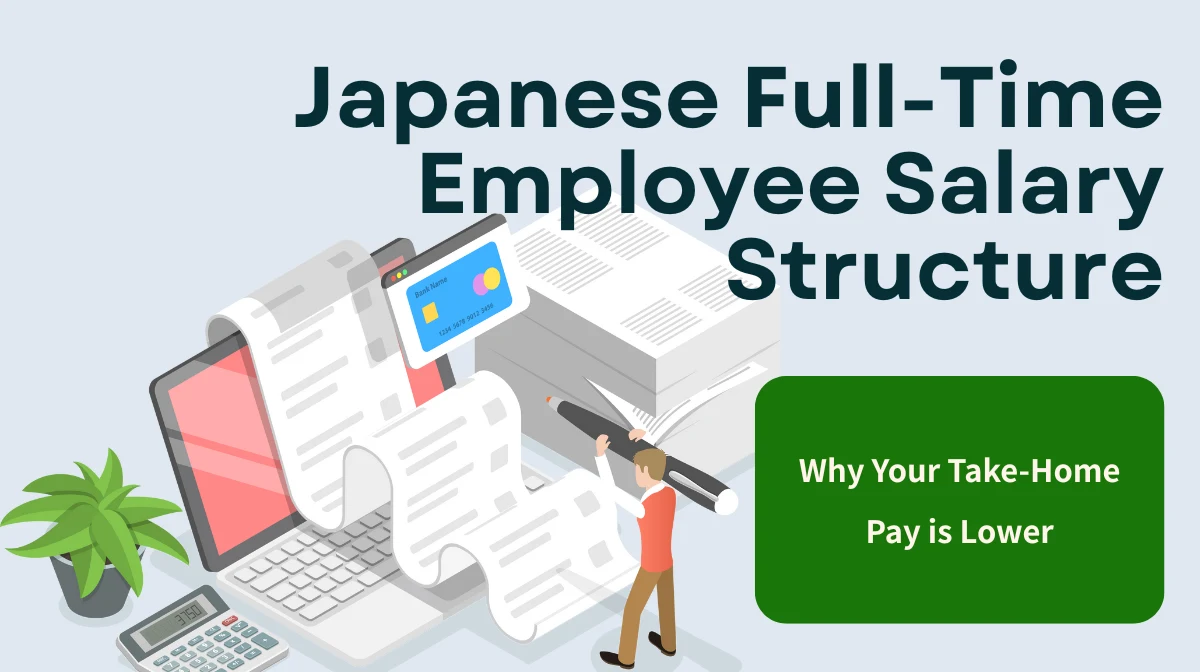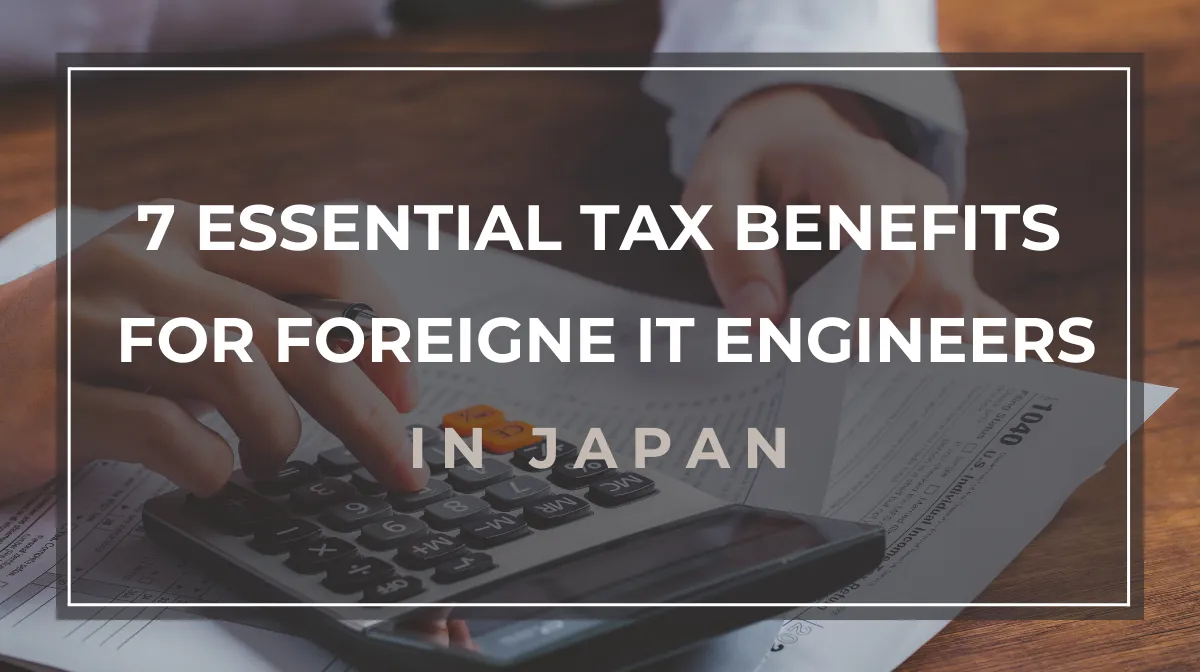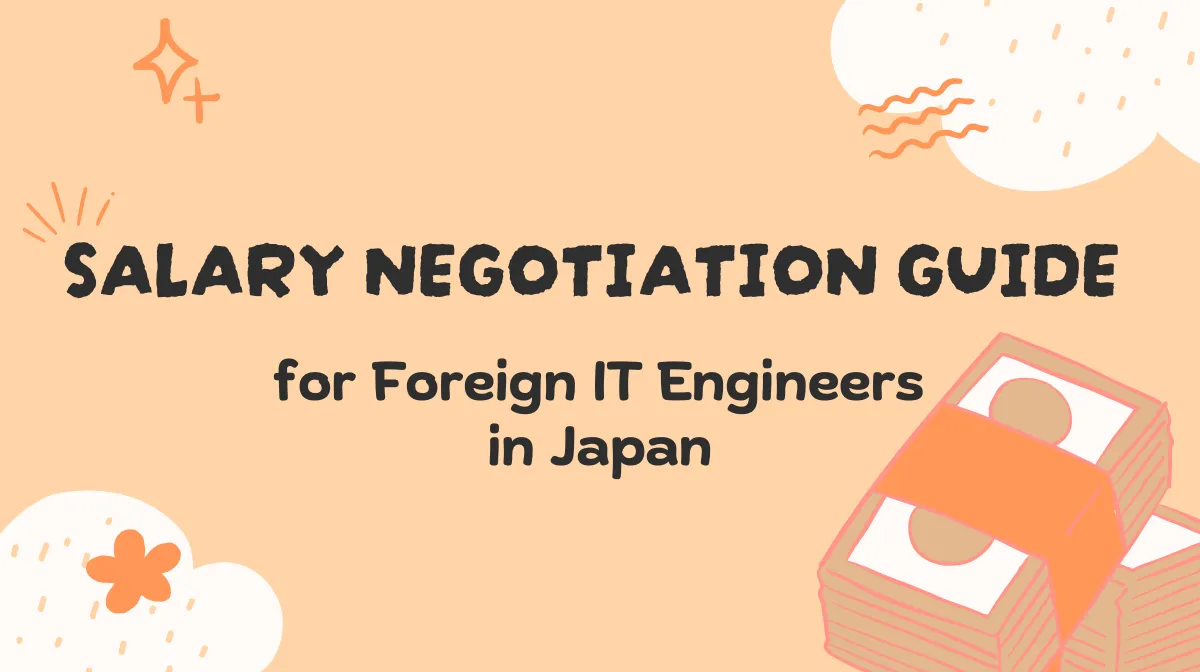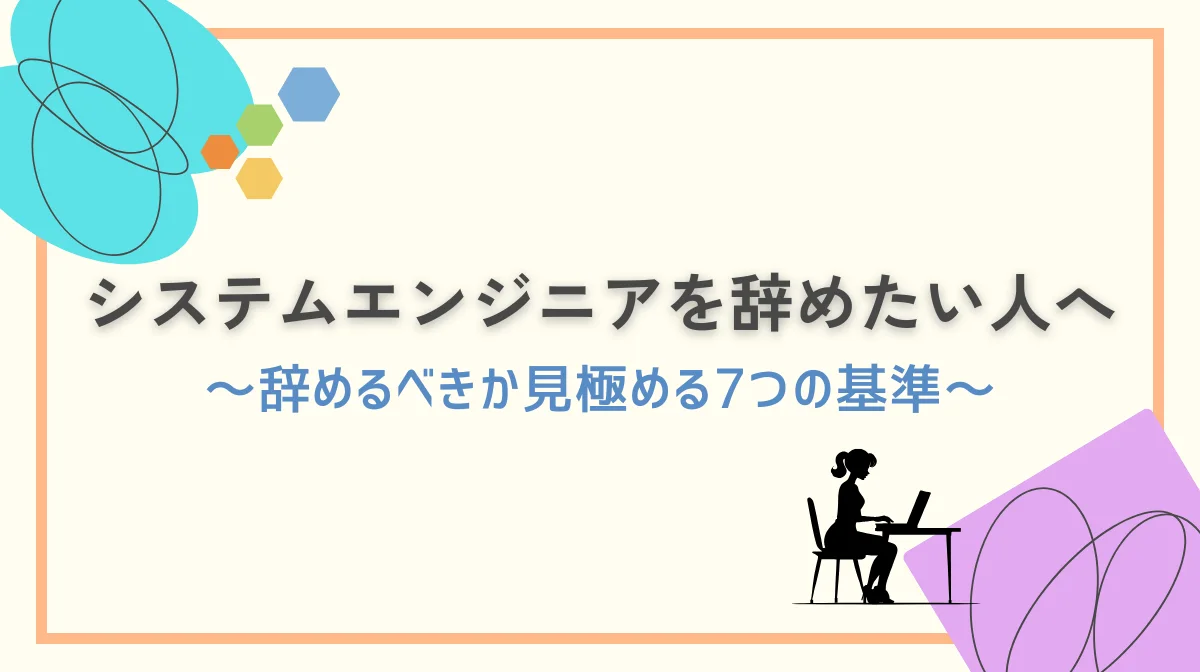When you start working as a full-time employee in Japan, various deductions reduce your salary to approximately 75-85% of the gross amount. Understanding Japan’s unique tax and social insurance systems is crucial for proper financial planning, career decisions, and professional development.
This guide explains everything you need to know about working in Japan, from salary structure to income optimization strategies.
- Gross vs. net: 75-85% take-home after deductions.
- Resident tax timing creates first-year surprises.
- Pension refunds and dependent deductions available.
1. Understanding Japanese Full-Time Employee Salary Structure: Gross Salary vs. Take-Home Pay
Japan’s salary system has two key concepts: gross salary and take-home pay. Let’s break down what each means for your actual income.
What is Gakumen (Gross Salary)?
Gross salary is the total amount your company pays before deductions. This is the figure in job postings and employment contracts.
Your gross salary includes your base salary (70-80% of total), which increases through promotions. Various allowances add to this: job allowances for specific duties, skill allowances for expertise, regional allowances for location costs, commuting allowances up to 150,000 yen monthly (tax-free), and housing allowances that vary by company.
Variable pay includes overtime (1.25x premium), night shift allowances (25% premium for 10 PM-5 AM work), and holiday pay (35% premium). IT engineers typically receive technical and qualification allowances as well.
What is Tedori (Take-Home Pay)?
Take-home pay is what actually reaches your bank account after deductions for income tax, resident tax, health insurance, pension, employment insurance, and nursing care insurance (age 40+).
The formula is simple
Take-home pay = Gross salary – Income tax – Resident tax – Social insurance premiums
Always plan remittances and budgets based on take-home pay, not gross salary.
The 75-85% Rule: Understanding Deductions
Your take-home is typically 75-85% of gross pay, with 15-25% going to deductions.
Income-based breakdown
- 3M yen: 18-20% deductions (2.4-2.46M take-home)
- 5M yen: 20-22% deductions (3.9-4M take-home)
- 7M yen: 22-25% deductions (5.25-5.46M take-home)
Deduction rates vary based on income level (progressive tax), age (nursing care at 40+), dependents (reduce taxes), location (slight municipal variations), and previous year’s income (affects resident tax).
When evaluating job offers, always simulate take-home amounts. Compare Japan’s system with your home country to understand your real earnings.
■Related Reading
Understanding salary structures is crucial when comparing job offers. Learn how salaries vary across different experience levels in Japan’s tech industry.
2. Japanese Full-Time Employee Salary Structure: Taxes Explained
Two main taxes are deducted monthly: income tax and resident tax. These fund infrastructure and public services.
Income Tax: Progressive Rates
Income tax uses progressive brackets—higher income means higher rates.
2025 Tax Brackets
- Under 1.95M yen: 5%
- 1.95-3.3M yen: 10%
- 3.3-6.95M yen: 20%
- 6.95-9M yen: 23%
- 9-18M yen: 33%
- 18-40M yen: 40%
- Over 40M yen: 45%
IT engineers earning 4-8M yen typically face 10-20% rates. The 2025 reform increased basic deduction from 480,000 to 580,000 yen, reducing everyone’s tax burden.
Example for 5M yen annual income:
5M yen – 1.46M employment deduction = 3.54M yen 3.54M – 580K basic deduction – 700K insurance deduction = 2.26M taxable Tax: 2.26M × 10% – 97.5K = ~128.5K annually
Resident Tax: Previous Year’s Income
Resident tax is flat at ~10% of taxable income plus 5,000 yen annually. The key difference: it’s based on last year’s income, so 2024 earnings determine your June 2025 payments.
Job change alert
If you had a previous job with higher pay, expect higher resident tax deductions from your new employer’s salary, even if your current pay is lower.
How Companies Handle Taxes
Source tax withholding means your company deducts and pays your income tax monthly—no filing needed for most people. Year-end adjustment finalizes your annual taxes in December, processing insurance deductions, dependent deductions, and spouse deductions. You may receive refunds if you overpaid.
File a tax return yourself if you
- Have side income over 200K yen annually
- Receive salary from multiple employers
- Claim medical expenses
- Have first-year housing loan deductions
- Don’t use one-stop system for hometown tax
This system lets foreign engineers focus on work without handling complex Japanese tax paperwork.
■Related Reading
Beyond understanding deductions, foreign engineers should know about special tax benefits available when working in Japan to maximize their take-home pay.
■日本でエンジニアとしてキャリアアップしたい方へ
海外エンジニア転職支援サービス『 Bloomtech Career 』にご相談ください。「英語OK」「ビザサポートあり」「高年収企業」など、外国人エンジニア向けの求人を多数掲載。専任のキャリアアドバイザーが、あなたのスキル・希望に合った最適な日本企業をご紹介します。
▼簡単・無料!30秒で登録完了!まずはお気軽にご連絡ください!
Bloomtech Careerに無料相談してみる
3. Japanese Full-Time Employee Salary Structure: Social Insurance That Protects You

Social insurance premiums are split between you and your company, creating a safety net for illness, retirement, unemployment, and accidents.
Health Insurance: 70% Medical Discount
You pay ~5% of your monthly salary (company pays the other half), but medical expenses cost only 30% of actual fees for those under 70. Your family is covered at no extra cost.
Benefits include the high-cost medical expense system (refunds for expensive treatments), sickness allowances (income for up to 1.5 years if unable to work), and childbirth benefits (500,000 yen). Japan’s healthcare is significantly cheaper than most Western countries, with language support available at many facilities.
Employees’ Pension: Retirement Security
Premium is 18.3% of salary, split equally (you pay 9.15%). On 200,000 yen monthly, you’d pay ~18,300 yen. This provides old-age pension from 65 (for life), disability pension if needed, and survivors’ pension for your family.
For foreign nationals
Japan has agreements with 25 countries (USA, UK, Germany, France, Canada, etc.) allowing pension totalization. Your Japanese work years can count toward home country benefits. If you don’t meet Japan’s 10-year requirement and return home, apply for a lump-sum withdrawal within 2 years of departure.
Employment Insurance: Job Change Protection
Costs only 0.6% (1,800 yen on 300,000 yen salary) but provides unemployment benefits (50-80% of previous wages for 90-330 days), childcare leave benefits (67% of wages for 180 days, then 50%), and nursing care leave benefits (67% of wages).
2025 enhancement
If both spouses take childcare leave for 14+ days, you receive 80% wages for up to 28 days. With insurance exemptions and non-taxation, this effectively equals 100% take-home pay.
Additional Coverage
Nursing care insurance starts at age 40 (~1.6% premium added to health insurance). Workers’ compensation is fully company-paid, covering all work-related accidents 24/7, including commutes and work-related mental health issues common in IT.
■Related Reading
Social insurance includes comprehensive parental leave benefits. Discover how foreign engineers can navigate Japan’s parental leave system and maximize support during this important time.
4. Reading Your Pay Slip: 5 Essential Items to Check
Your pay slip shows salary details. Check it monthly to catch errors and verify correct calculations.
Sample Pay Slip
Payslip Comparison
給与支払明細書 (日本語 / 英語)
■日本でエンジニアとしてキャリアアップしたい方へ
海外エンジニア転職支援サービス『 Bloomtech Career 』にご相談ください。「英語OK」「ビザサポートあり」「高年収企業」など、外国人エンジニア向けの求人を多数掲載。専任のキャリアアドバイザーが、あなたのスキル・希望に合った最適な日本企業をご紹介します。
▼簡単・無料!30秒で登録完了!まずはお気軽にご連絡ください!
Bloomtech Careerに無料相談してみる
給与支払明細書
2025年3月分
会社名: 株式会社〇〇システム
所属: 開発部
社員番号: 001234
氏名: 〇〇 〇〇
【勤怠】
| 項目 | 日数・時間 | 項目 | 日数・時間 |
|---|---|---|---|
| 出勤日数 | 21 日 | 有給使用日数 | 1 日 |
| 残業時間 | 25.00 H | 欠勤日数 | 0 日 |
【支給】
| 項目 | 金額 |
|---|---|
| 基本給 | 280,000 円 |
| 職務手当 | 50,000 円 |
| 通勤手当 | 15,000 円 |
| 残業手当 | 43,750 円 |
| 総支給額 | 388,750 円 |
【控除】
| 項目 | 金額 |
|---|---|
| 健康保険料 | 19,188 円 |
| 厚生年金保険料 | 35,412 円 |
| 雇用保険料 | 2,333 円 |
| 所得税 | 8,420 円 |
| 住民税 | 15,200 円 |
| 控除合計 | 80,553 円 |
Payslip
For March 2025
Company: ○○ Systems Inc.
Department: Development
Employee ID: 001234
Name: ○○ ○○
[ Attendance ]
| Item | Days / Hours | Item | Days / Hours |
|---|---|---|---|
| Work Days | 21 Days | Paid Leave Used | 1 Day |
| Overtime Hours | 25.00 H | Absence Days | 0 Days |
[ Earnings ]
| Item | Amount |
|---|---|
| Base Salary | ¥280,000 |
| Job Allowance | ¥50,000 |
| Commuting Allowance | ¥15,000 |
| Overtime Pay | ¥43,750 |
| Total Earnings | ¥388,750 |
[ Deductions ]
| Item | Amount |
|---|---|
| Health Insurance | ¥19,188 |
| Pension Insurance | ¥35,412 |
| Employment Insurance | ¥2,333 |
| Income Tax | ¥8,420 |
| Resident Tax | ¥15,200 |
| Total Deductions | ¥80,553 |
[Attendance]
| Item | Days/Hours | Item | Days/Hours |
|---|---|---|---|
| Working days | 21 | Paid leave used | 1 |
| Overtime hours | 25.00 H | Absent days | 0 |
[Payments]
| Item | Amount |
|---|---|
| Base salary | 280,000 yen |
| Job allowance | 50,000 yen |
| Commuting allowance | 15,000 yen |
| Overtime pay | 43,750 yen |
| Total gross pay | 388,750 yen |
[Deductions]
| Item | Amount |
|---|---|
| Health insurance | 19,188 yen |
| Pension insurance | 35,412 yen |
| Employment insurance | 2,333 yen |
| Income tax | 8,420 yen |
| Resident tax | 15,200 yen |
| Total deductions | 80,553 ye |
① Attendance: Verify Hours
Check working days against your calendar. Confirm overtime matches your timecard and that hours beyond 8/day or 40/week are recorded as overtime. For remote work and flextime, ensure proper documentation.
② Payments: Understand Components
Base salary is your foundation for raises and bonuses. Allowances recognize your role and skills. Overtime uses the formula: base hourly rate × hours × premium rate (minimum 1.25x). Total gross is the sum of all components.
③ Deductions: Check Withholdings
Deductions include income tax (national), resident tax (local), health insurance, pension insurance, and employment insurance. Verify these match your salary level. Ask accounting if anything seems unusual.
④ Net Pay: Your Take-Home
This is what hits your account: gross pay minus all deductions.
Expected rates
- 3M yen: 78-80%
- 5M yen: 75-78%
- 8M yen: 72-75%
Base all financial planning on this amount, not gross salary.
⑤ Total Gross: The Baseline
Gross pay before deductions is used for insurance calculations, retirement benefits, annual income figures, and salary comparisons. Understanding gross vs. net is fundamental to the Japanese salary structure.
■Related Reading
Once you understand your pay slip, you’ll want to ensure you’re maximizing your earning potential. Learn effective strategies for negotiating better compensation in Japan’s tech market.
5. Special Considerations for Foreign Nationals: Pensions and Taxes

Foreign workers often have specific questions about pensions and taxes. Here are the key points.
What Happens to Pension Contributions If You Return Home?
The lump-sum withdrawal system prevents forfeited contributions. You can receive partial refunds if you meet all these conditions: not Japanese nationality, 6+ months pension enrollment, don’t meet 10-year pension qualification, have left Japan, and never received Japanese pension benefits.
Process steps
Before departure: Get application forms from Japan Pension Service and prepare documents (pension handbook, passport copy).
After departure: Mail application within 2 years of leaving Japan.
Payment: Receive funds in 3-6 months in your preferred currency (USD, EUR, etc.).
Consider carefully:
Receiving this payment means those years won’t count if you return to Japan later. If there’s any chance of returning, consider keeping your contributions. Also evaluate how this affects your home country’s pension system.
Can You Include Overseas Family as Dependents?
Yes, but with strict requirements since 2023, especially for ages 30-70. You must prove the relationship is within 6th-degree blood relatives or 3rd-degree marriage relatives, they have under 480,000 yen annual income, and you provide actual financial support.
For ages 30-70, they must be
- Your spouse
- Have disabilities
- Be students
Best practices
- Only declare family you actually support
- Keep all remittance records
- Stay updated on regulation changes
- Consult HR or tax office when uncertain
Quick Answers to Common Questions
2024 tax reduction
Temporary 10,000 yen per person. No continuation planned for 2025+.
Job change taxes
January-May changes continue at new employer. June-December may temporarily switch to self-payment before new employer collection.
Side income
File tax return if non-salary income exceeds 200,000 yen annually. Resident tax may require filing even under 200,000 yen.
Departure taxes
Company withholds through final month. File return for mid-year departures for potential refunds. Appoint a tax agent for post-departure matters.
■Related Reading
Managing finances extends beyond understanding your salary. Foreign residents need to navigate Japan’s banking system to receive their pay and handle daily transactions efficiently.
6. Mastering Japanese Full-Time Employee Salary Structure
Understanding the Japanese full-time employee salary structure is essential for financial success. Your take-home pay is 75-85% of gross salary after deductions for progressive income tax, flat-rate resident tax (based on previous year’s income), and mandatory social insurance that provides healthcare, pension, and unemployment protection.
Foreign nationals benefit from social security agreements with 25 countries for pension totalization, lump-sum withdrawal payments when returning home, and overseas dependent deductions. Always budget based on take-home pay and verify your monthly pay slip for accuracy.
Master this system to negotiate effectively and build a successful career in Japan.























